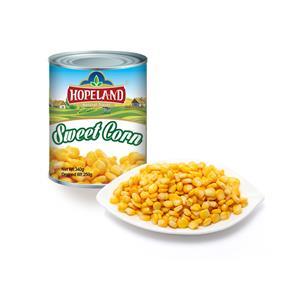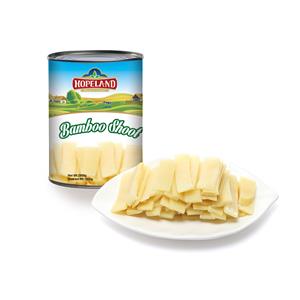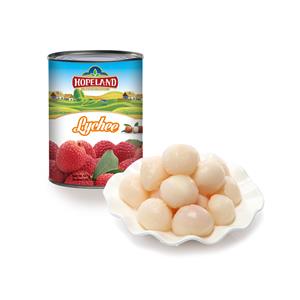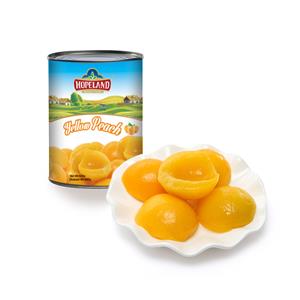The New National Standard Eliminates Food Additives and Preservatives from Canned Foods
The recent implementation of the revised Food Safety National Standard for Food Additive Use, effective from February 28, has brought significant changes to the food industry. A major highlight of this update is the removal of preservatives from canned foods, marking a shift toward healthier, more natural food processing practices. This new regulation aligns with technological advancements in food preservation and responds to growing consumer demand for cleaner-label products.
Preservatives Are Being Phased Out of Canned Foods
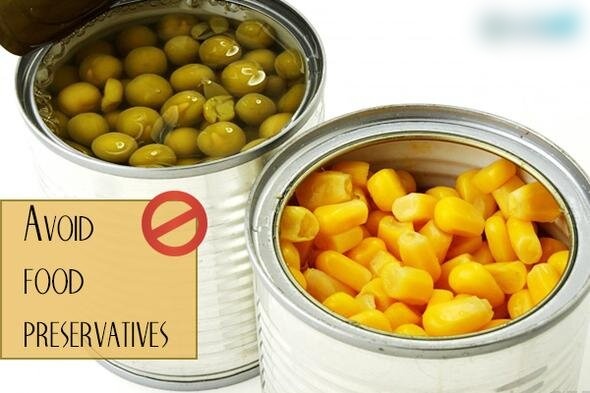
Fan Gang, a professor at the College of Food Science and Technology at Huazhong Agricultural University, dedicated an entire morning to comparing the 2014 and 2024 versions of the national standard. His findings revealed a striking change: preservatives have essentially been eliminated from canned foods.
Previously, the 2014 national standard prohibited preservatives in canned fruits but allowed them in canned vegetables, nuts, edible fungi, algae, cereals, and meat—with strict limits on the type and amount used. For example, the use of lactostreptococcin in canned meat was restricted to 0.5 grams per kilogram.
However, the 2024 national standard has completely removed provisions permitting "food additives with the sole function or primary function as preservatives" in canned foods. This means preservatives are no longer officially recognized as necessary additives for canned food production.
Why Canned Foods No Longer Need Preservatives
Fan Gang attributes this shift to technological improvements in food processing. He explains that the preservation of canned food relies on three essential processes:
· Exhausting air from the can
· Sealing the can to prevent contamination
· Sterilization through heat treatment
As long as manufacturers strictly follow these steps, canned food can remain safe for consumption without the need for artificial preservatives.
"In the past, some manufacturers may have used preservatives as a safeguard due to limitations in their production processes," Fan Gang noted. "However, with modernized and standardized canning facilities, preservatives are no longer necessary."
Industry Response to the New Standard
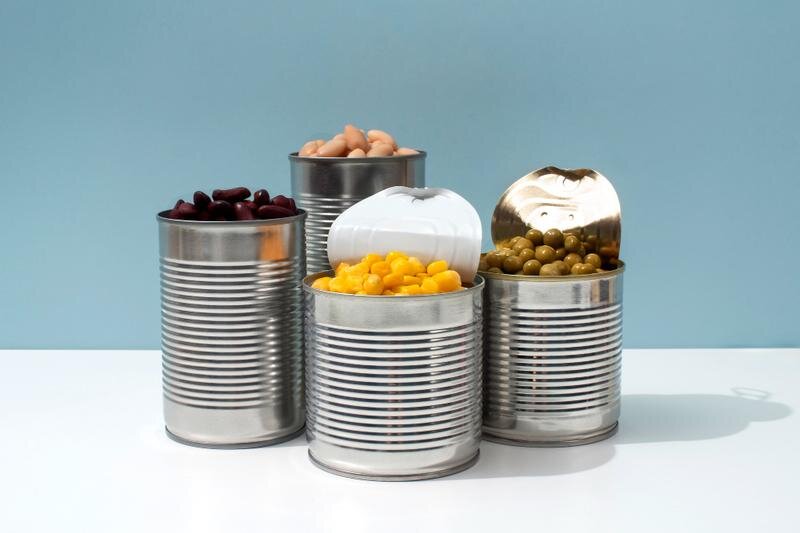
Industry players have generally welcomed the change, emphasizing that preservatives were already rarely used in modern canned food production.
The head of Wuhan Xinpei Garden Green Food Co., Ltd. shared that the company has not used preservatives in canned foods for the past decade. "High-temperature sterilization is sufficient to maintain the shelf life of canned foods, so this new regulation has minimal impact on our production."
Similarly, Li Xiaoming, secretary-general of the Wuhan Food Industry Association, pointed out that advancements in food packaging materials and equipment have further enhanced food safety. As a result, eliminating preservatives not only benefits consumers but also helps reduce production costs for manufacturers.
The Evolution of China’s Food Industry
Fan Gang believes that the removal of preservatives from canned foods represents a milestone in the development of China’s food industry. Over the years, food safety standards, manufacturing processes, and consumer preferences have evolved, making artificial preservatives less relevant.
"The change in the new national standard reflects progress in food technology and shifts in market demands," he stated. "It also aligns with the growing public interest in high-quality, natural foods."
To test whether preservatives were still present in commercially available canned foods, reporters randomly selected four canned products from a supermarket:
· Canned luncheon meat
· Canned yellow peaches
· Canned rock sugar pears
· Blueberry jam
Upon reviewing the ingredient lists, Fan Gang found no additives that served exclusively as preservatives, confirming that the industry has already adjusted to the new standard.
Other Food Additive Regulations Under the 2024 National Standard
Beyond preservatives in canned foods, the new national standard has introduced several other important changes regarding sweeteners, colorants, and preservatives in different food categories.
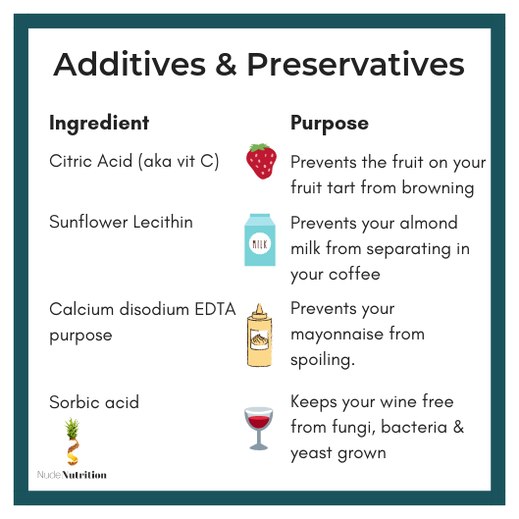
1. Stricter Regulations on Sweeteners
The new guidelines introduce total usage limits for certain sweeteners when combined in the same food product. Specifically:
· When aspartame and acesulfame potassium are used together, their combined amount cannot exceed the maximum permitted level of either sweetener.
· This regulation ensures better control over artificial sweeteners, preventing excessive consumption and potential health risks.
2. Elimination of Certain Food Colorants
Some artificial colorants have been banned entirely under the new regulations, including:
· Roquemone red
· Mastic yellow
· Sour date color
These colorants can no longer be used in any type of food. For example:
· Sunset yellow is now prohibited in candy, pastries, carbonated beverages, and jelly.
· Jujube color can no longer be used in pickled vegetables, sweets, pastries, and fruit juices.
The removal of these artificial colorants reflects a growing preference for natural food ingredients and aims to improve food safety.
3. Reduction of Preservatives in Other Foods
In addition to their withdrawal from canned foods, preservatives are also facing stricter regulations in other food categories:
Dehydroacetic acid and its sodium salt, commonly used preservatives in the food industry, are no longer allowed in:
o Starch-based products
o Bread and pastries
o Baked goods fillings
The maximum permissible amount of sodium dehydroacetate has been significantly reduced for pickled vegetables.
According to the National Food Safety Risk Assessment Center, excessive intake of sodium dehydroacetate may pose potential health risks. By reducing its usage, the new standard enhances food safety and protects public health.
The Future of Food Additives in China
At universities, food additives remain a critical topic in food science curricula. Fan Gang, who teaches courses on food additives, highlights that China currently permits 2,397 different types of food additives across 23 categories.
Among them, preservatives and colorants play a key role. Currently, 39 types of preservatives are still allowed in food processing, but their use is highly regulated.
Li Xiaoming, quoting Sun Baoguo, an academician of the Chinese Academy of Engineering, emphasized:
"Without food additives, there would be no modern food industry."
However, the overall trend is moving toward reducing artificial additives, as consumers increasingly prefer natural and minimally processed foods.
Conclusion
The 2024 national standard represents a significant shift in food safety regulations, particularly in eliminating preservatives from canned foods. This change is a testament to China’s progress in food production technology and growing emphasis on health-conscious consumer choices.
By relying on advanced sterilization, packaging, and preservation techniques, the food industry can maintain safety and quality without preservatives, aligning with the modern demand for clean-label and natural products.
Beyond canned foods, the new regulations also bring stricter control over sweeteners, colorants, and preservatives in various food categories, ensuring greater food safety and quality standards.
As the industry continues to evolve, the balance between food safety, technology, and consumer preference will shape the future of food additives and processed food production in China.

